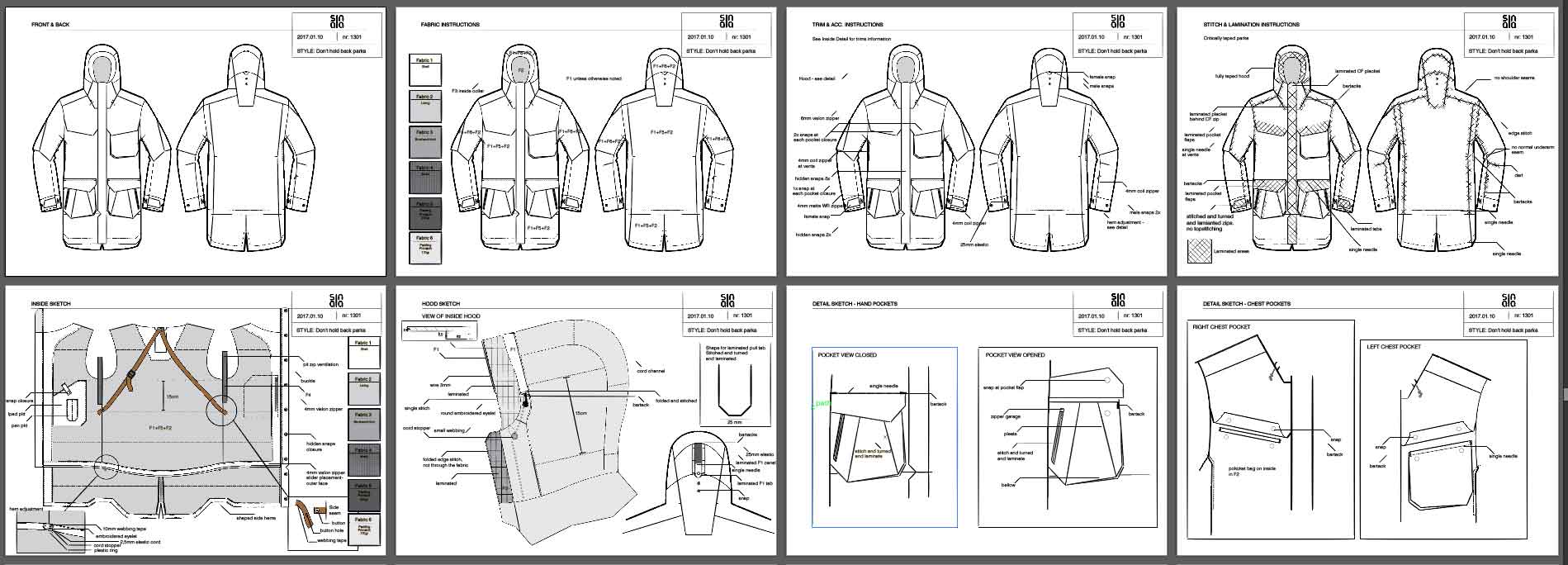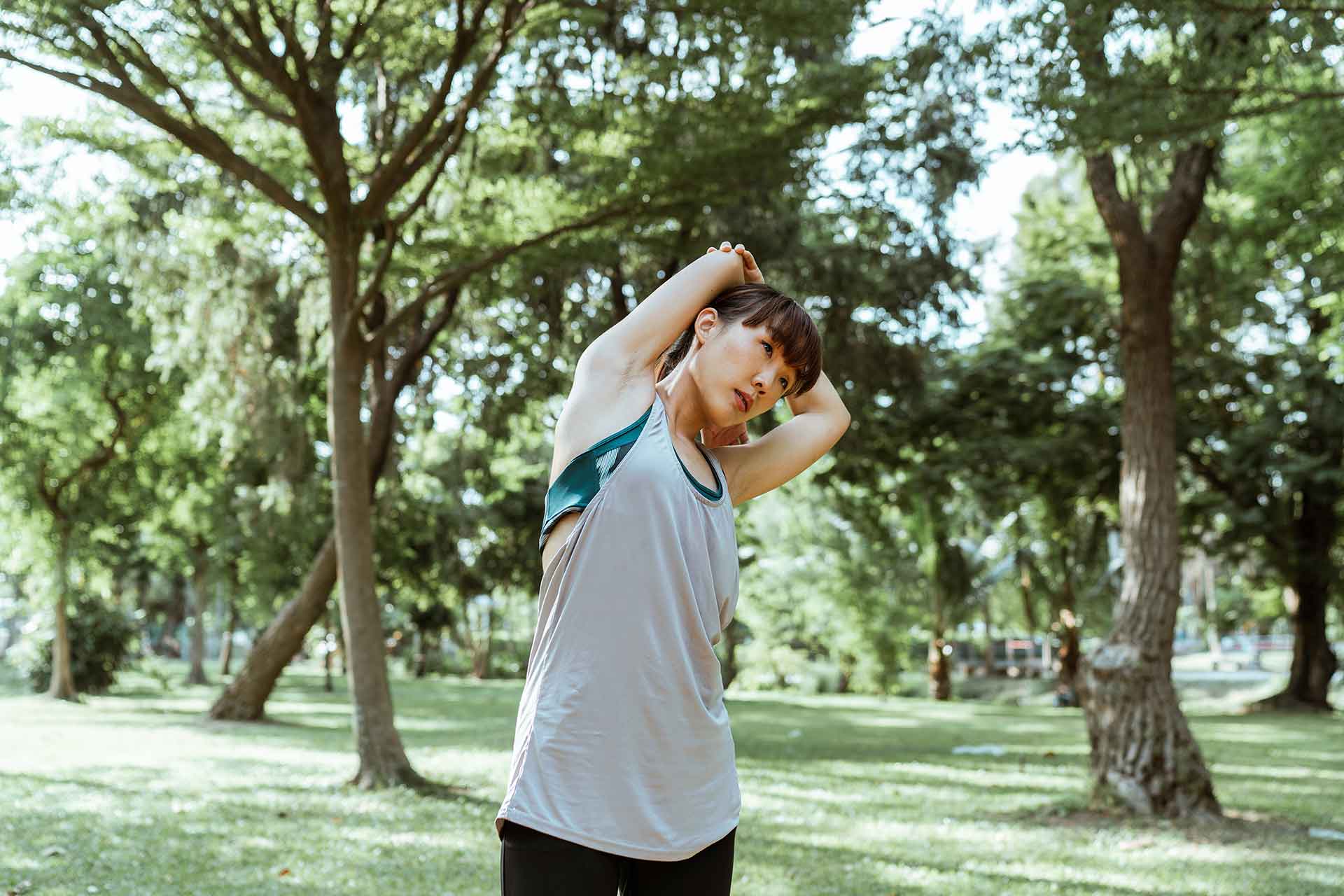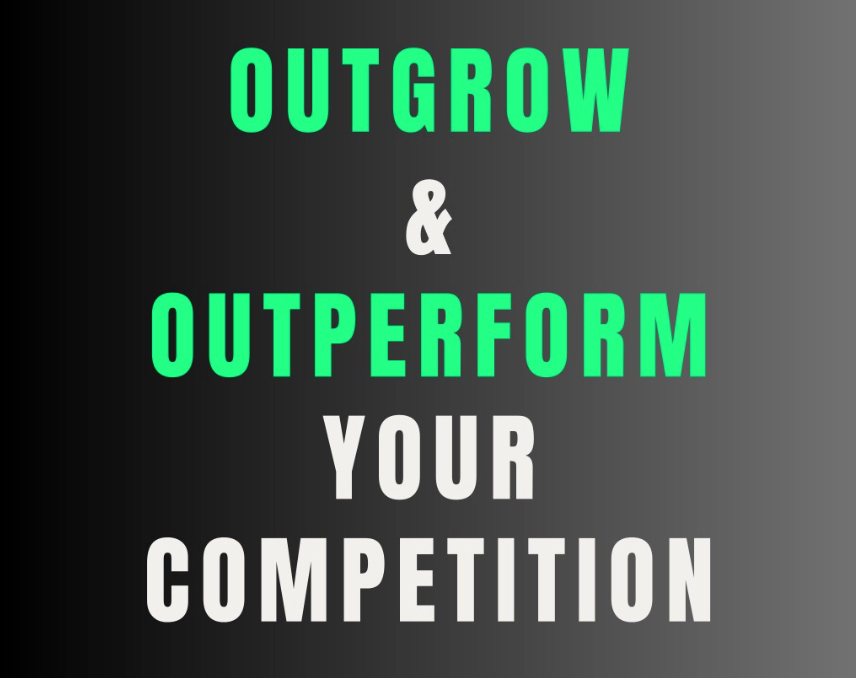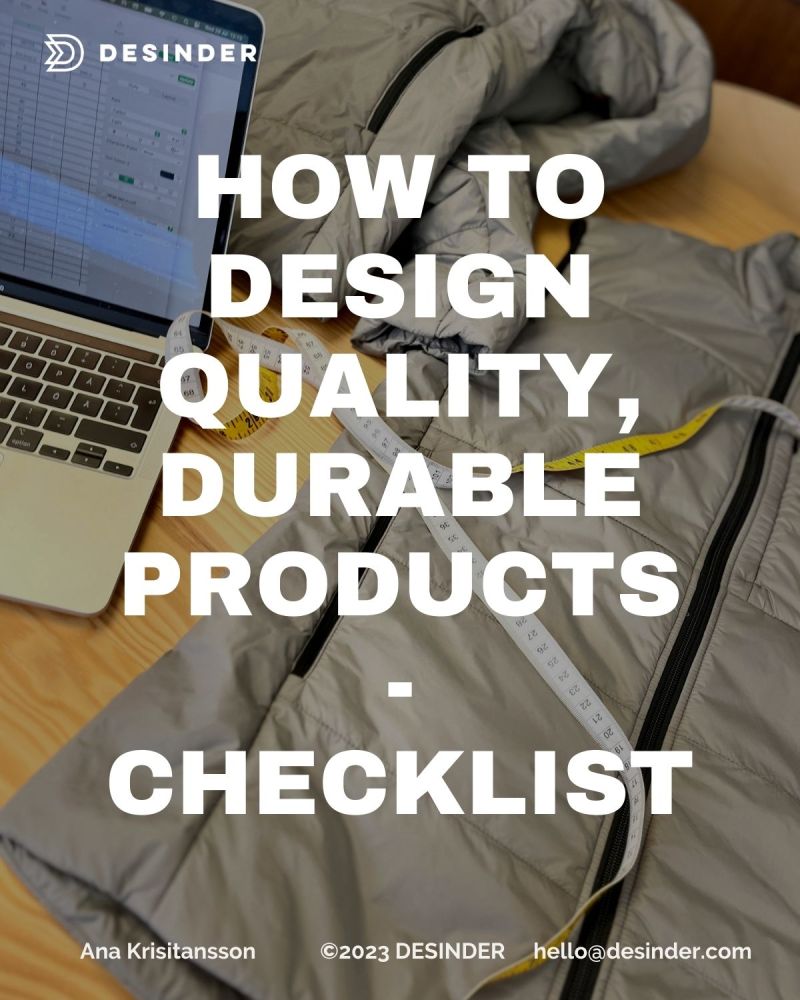Do you have some great design ideas or a cool new activewear brand concept? Can’t you find the styles you are looking for?
2020 has been a good year for activewear brands. Due to the pandemic, people have looked for different ways to stay active, whether it’s been indoors, at home, or outside in nature, away from people crowds in order to keep the social distance.
The global activewear apparel market is said to grow by $157.1 billion during 2020-2024, meaning there’s plenty more room for new brands with unique and innovative design ideas and brand concepts.
But where do you start? How do you go about to make it all happen?
If you want to launch your own activewear brand or athleisure brand, then this article is for you. We’ll give you an overview of the steps involved in starting your own successful business.
1. Starting Up
Idea & Customer Need
It all starts with an idea. Maybe you can’t find the clothes you are looking for, or you have a strong design opinion that you want to show the world. You are better off if you can connect your idea to a customer need. If you strongly believe in your idea, you should go ahead and make it happen. The most important is to know who your target customer is and the activewear niche you are going to cover in the marketplace.
Here are some questions to ask yourself to get a good start:
- Who is your future target customer? Who is going to buy your product when your brand is launched?
- What exactly is it that you are going to sell to this specific customer? What makes your brand and product unique that this particular customer can’t get anywhere else?
- Why will it be important for them? Why should they care?
- Where will you be selling your products to your target customer? Where can people find you?
- How will you be telling the world about your products and brand? How will you market it?
Entrepreneurship
Running your own business isn’t a 9 to 5 job. It is not the hours you spend in the office that matters. What matters is what you produce. You are your own boss, and you need to make it all happen. You will live and breathe your brand, working 24/7. All people have great ideas. The differentiator is that the entrepreneur makes them happen. It will require you to put in the work and follow through on your dream. Are you cut out for this? Is it really what you want? Do you have the grit and determination to pursue this dream? If you are nodding your head – keep reading:)
2. Market Research
Market Scan
You have a great idea for sure. The question is: is it unique? Is there enough market room for your new brand? Perform a thorough market scan. Search the web, visit shops, and read relevant magazines. You want your brand to stand out in the competition and find your own target niche. You want your brand to be nr 1. If another brand already has your idea, you will always be number two.
Business Plan
It can be great to have a business plan if you want to bring other people on board, e.g. investors or partners. But primarily, the business plan is for you. It forces you to ask yourself those tough questions and look at your business venture from different angles. The business plan is a living document that will change and evolve over time, usually things don’t go exactly according to the initial picture in your head.
Money
Starting an athletic clothing line isn’t free. In your business plan, you have made an initial budget, and you have an estimate of how much it will cost you to set it up. But how will you finance it? Will you bring investors onboard? There are special start-up loans as well as angel investors to turn to. Going to an investor early on means giving away part of your company. But maybe that’s the best way to get it started and make your dream a reality?
Team
As mentioned in step 1, setting up your brand will require a lot of blood, sweat, and happy;) tears. Can you do it all by yourself? Even if you can, is that the most efficient way to do it? Make sure to liaise yourself with talented and driven people that can help you out where you fall short. If you are a designer, find a good business partner, and if you are a business person, find a great designer. No one can do it all and you shouldn’t either.
3. Branding and Marketing
Activewear Branding
Put a lot of time and thought into your activewear brand identity, don’t rush it. Creating an enticing brand identity is important. Every touchpoint with your garment and brand should be thought about, from the labels and hangtags, to your packaging, to your website and point of sales material, all should be cohesive and on-brand. Your logo needs to be designed with the end-user in mind – from a small embossed logo on a cord stopper to a big backdrop for a fair, your logo needs to look equally great in all areas it’s used. There are many brands out there, so you need to make yours stand out. Create brand awareness and loyalty that connects your customers to your label. Remember that it’s important for your brand to tie together with your actual products.
Marketing
Studies show that a customer needs to have been in contact with your brand on an average of 7 times before “trusting” you and making a purchase. What’s a touchpoint you might be asking? Your website, your blog, your Instagram, your Facebook and Youtube account, maybe your podcast, your monthly guest posting for an industry magazine etc. All the ways that you are talking about your brand. That’s why it matters that you think diversity when it comes to your marketing strategy, instead of having one touchpoint, like only your website.
What will you talk about? See it more as documentation than content creation. Document your journey, let your customers join along and see the behind the scenes, let them be part of your brand. Talk about your brand’s story.
Eventually, marketing is everything you do! Your products, your meetings, your content, the way your customer service, EVERYTHING.
Be honest in everything you do, let the customers understand why you do it, and what your brand is about. Get your message out authentically. Tell the world about your products and what differentiates them from the other activewear brands. What makes your brand unique is your superpower.
4. Design Your Collection
Activewear Collection – Define The range
Leaving the foundation phase behind you, it’s now time to start the design and product development, the process of making your garments. The first step here is to define your collection, a strong collection with styles that complement each other, and help the sales.
In this phase, you will also focus on choosing the right materials. Think about what purpose the products have, what problem they will solve for your customers, and the aesthetic direction you want to go in.
A fun part of this phase is to create an inspirational mood board that guides the design direction.
Finally, make sure your collection is clear and cohesive.
Designing Activewear
You have structured and defined your collection, and the activewear designer or freelance designer can start sketching and sourcing. It’s important to incorporate the inspiration, the brand image, and your target customer. The styles should fit in with the values, vision, mission, and identity of your brand. The designer needs to make great tech packs so you can start the process of sampling and manufacturing your products. The tech packs are the blueprint of each product, and with this document the manufacturer can quote your prices, plus create your prototypes.

Sourcing Activewear Material
Sourcing means finding factories, materials, and accessories. Materials is a science by itself. If you know your price points, performance requirements, and quality level, it will help you narrow down your search for the right materials. Accessories can be cords, zippers, pullers, etc. that you want to include in your garments. Then you need to find a fitness clothing manufacturer that suits your needs, that can produce your styles, and believes in your activewear concept.
Pricing
In step 2 you had a first look at the costs and the prices for your styles and production. Now when the collection is defined, you have sourced activewear materials and found factories, and hence production costs, you need to check your pricing again. Does it add up? Will it be profitable? Review all the posts in your budget and see how you can recalibrate it. In the end, you want to live and work, doing what you love. You don’t want it to be an expensive hobby that you pour money into.
5. Make your garments
Pattern & Prototype
This is a very crucial part. Even though you have great activewear designs on paper, you need to transform them into athletic wear that looks and feels the way you want. Based on the tech packs, you need to find a good pattern maker, which by the way isn’t that easy. The pattern is made in your wanted sample size and will later be graded to fit several sizes. With the pattern, you will start making your prototypes. In between every prototype you will measure, fit, and adjust the pattern/fit to improve your garment. Typically you will need 2–3 prototypes per style before you have a sample ready to show and sell.
Production
Once you have arrived at your final prototype (salesman sample), you can start planning the bulk production. Discuss this with your activewear manufacturer as early as you can. They need to plan in your production in their schedule. They of course, need to know how big your production will be, the number of styles and sizes per style. We suggest you write an agreement with the manufacturer stating delivery times and quality requirements.
Shipping
You have the bulk production ready and need to get your fantastic activewear garments to your customers. Depending on your sales strategy, you can have one or more customers. There can be shops, end-users, and wholesalers. Take a look at your logistics, negotiate with transportation partners, and plan how you will repackage the goods to suit your designated customer.
6. Sales
It doesn’t matter if you have the best products in the world with the best story, if no-one buys them. In the end, it all comes down to sales. You want your garments to sell, so you can reinvest and develop your collection and keep doing what you love.
The traditional sales channels are retail through wholesalers and direct to consumer – online.
It is up to you as a brand to determine what sales strategies you want to implement.
One must-have though, as a brand of the future is your own e-commerce. This way you have full control of all the communication and experience out to your customers.
Orders
The activewear manufacturer usually has minimum quantity requirements for producing your garments. This should at least be your selling target. Sell, sell, sell, and collect your orders to meet those minimums. At the same time, keep track of your minimum requirements for materials. How much fabric is on each roll that you buy? You don’t want to buy too much fabric that, in the end, turns into leftover. A good recommendation is to only produce the garments you have orders on. Don’t stock up unless you have an online business, and therefore need your own stock.
Customer Service
Take care of your customers. You make your garments so that your customers can have them for their intended need. Don’t disappoint them, put yourself in their shoes, and just see how you can help them. How will you handle complaints, returns, delays? Talk to your customers, and use the information to make even better products in the future.
This 6-step overview gives you an idea of what is involved in starting your own activewear or athleisure brand.
No matter if you are a start-up or an established brand that wants to expand your product segment, we can help you make it happen. With everything from concept, collection strategy, tech packs, and sourcing, we can also help you with an end-to-end solution. You bring the idea and concept, and we help make your idea a reality – create your own brand and bring activewear products to your future customers’ hands.
Of course, if you want to launch a fashion brand, sportswear brand, streetwear brand, etc, we can help you with those as well.




